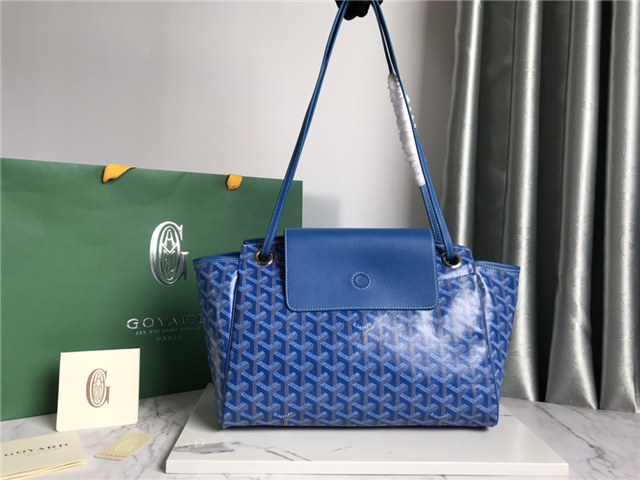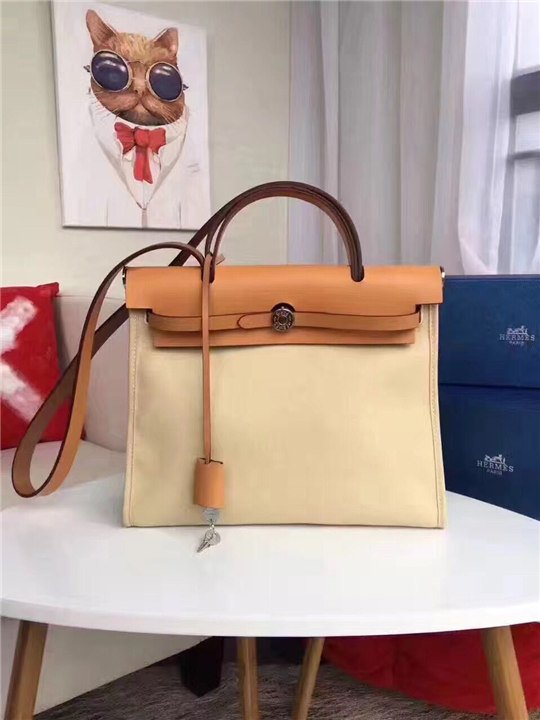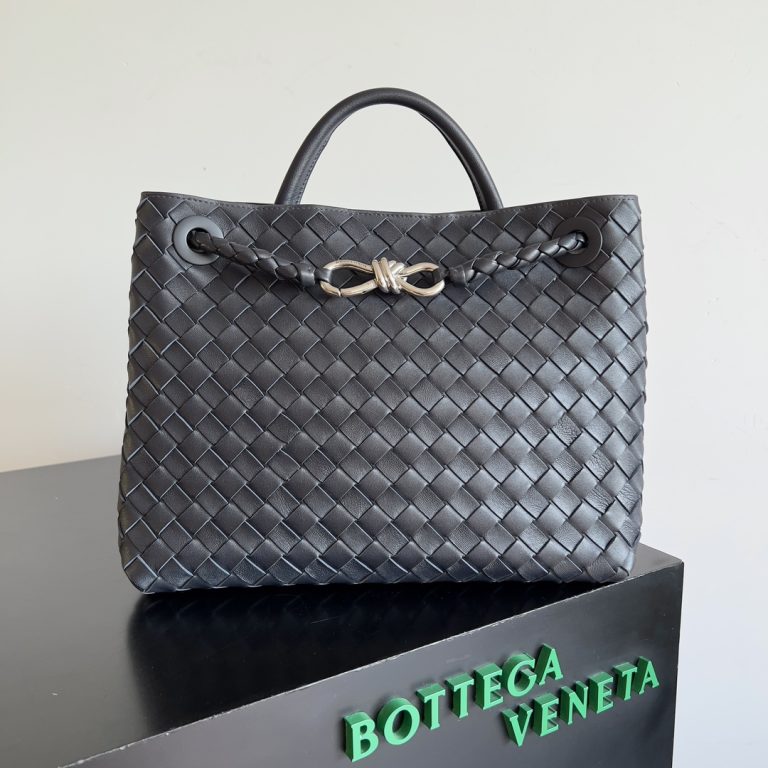Thing is, Casio, even the super basic ones like the F-91W, are kinda iconic. They’re cheap, reliable, and everyone’s got a nostalgic soft spot for ’em. Makes ’em ripe for the pickin’ for counterfeiters, unfortunately.
So, how do you spot a fake? Well, that’s the million-dollar question, isn’t it? (Or, more accurately, the $20-dollar question, since that’s about what a real F-91W costs, haha).
First off, packaging. Real Casios *usually* come in decent packaging. Not like Fort Knox security, but something that looks like it wasn’t thrown together in someone’s garage. If the box looks flimsy and the branding’s all wonky, red flag city, my friend.
Then there’s the logo. Scrutinize that thing like you’re auditing its taxes! Is the font right? Is it aligned properly? Are there any weird smudges or imperfections? Knock-offs often skimp on the details, especially the logo, which can be a dead giveaway. I mean, sometimes the fakes are so bad they just…pick a random font. It’s hilarious, but not when it’s *your* money being wasted.
And about that “Casio trick” you mentioned… holding down buttons to see if a secret logo appears? Yeah, I’ve heard of that. Honestly, I’m not entirely convinced it’s foolproof. I mean, some fakes are getting pretty sophisticated these days. Plus, I even saw some dude on YouTube saying his *fake* passed the test! Go figure.
The feel of the watch is also key. A genuine Casio, even a basic one, should feel reasonably solid. The band shouldn’t feel like it’s made of brittle plastic that’s gonna snap at the slightest provocation. One person said their fake F-91W had a “hard resin band,” which is a big no-no. The buttons should have a decent click to them, not feel mushy or unresponsive.
The beep! Yes, even the beep can tell you something. Apparently, fake Casios sometimes have a harsher, more annoying beep sound. A real Casio beep is a classic, a gentle reminder of simpler times… a fake beep is an assault on your eardrums. (Okay, maybe I’m exaggerating a *little* bit).
Price is a big clue, too. If it seems too good to be true, it probably is. If you’re seeing Casios for, like, 2-3 Euros, run! Run far, far away! Those are almost guaranteed to be fakes, and you’ll probably get what you pay for – a watch that breaks after a week.
Honestly, though, the best way to be sure you’re getting a real Casio is to buy from a reputable seller. Amazon *can* be okay, but make sure you’re buying from a seller with good reviews and a solid reputation. Or, better yet, go to a trusted retailer, even if it costs a few bucks more. It’s worth the peace of mind, trust me.

















